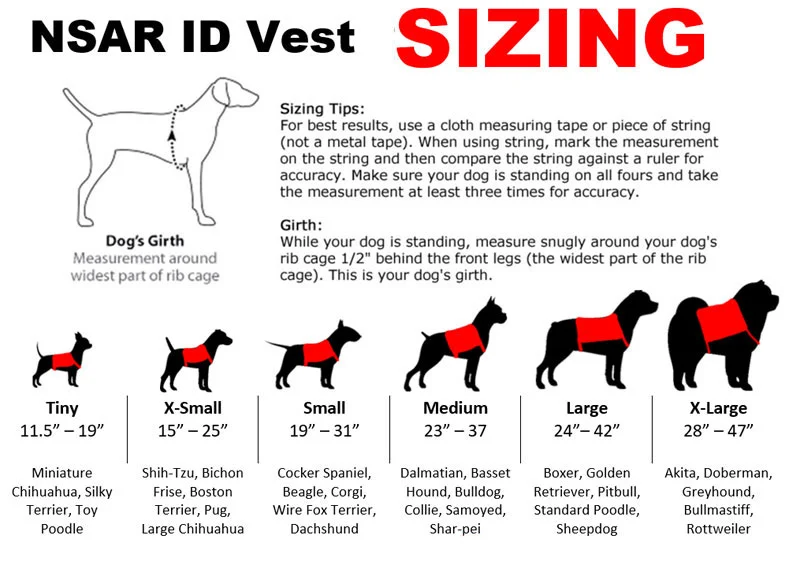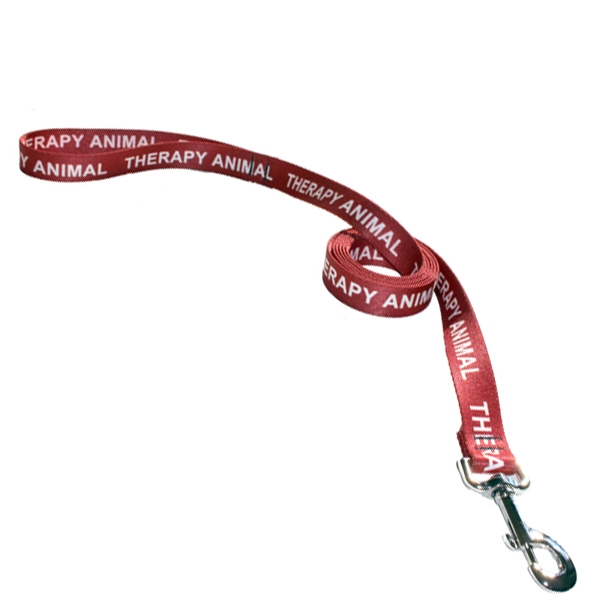
In a world where companionship knows no bounds, service dogs stand out as extraordinary allies, providing invaluable support to individuals with disabilities. Behind every well-trained service dog lies a foundation of thorough socialization—an indispensable aspect of their early training. In this comprehensive blog article, we’ll delve into the pivotal role of socialization, addressing challenges, emphasizing the impact on the handler-dog relationship, and providing insights into managing public spaces.
The Foundation of a Lifelong Bond: Early Socialization
When it comes to service dogs, early socialization is the cornerstone of their success. Socialization goes beyond basic obedience; it’s about exposing these canine companions to diverse environments, people, and situations they may encounter in their roles. This not only fosters adaptability but also shapes their behavior in public spaces.
Overcoming Challenges in Public Spaces
Preventing Public Potting
One common challenge in public spaces is ensuring service dogs remain discreet when nature calls. Thorough socialization involves acclimating them to appropriate bathroom behaviors in various environments. Handlers play a crucial role in recognizing cues and providing timely breaks.
Barking, Growling, and Picking Up Food
Addressing disruptive behaviors like barking, growling, or attempting to pick up dropped food requires consistent training. Socialization teaches service dogs to remain calm and composed, reinforcing positive behavior through rewards.
Sniffing Around and Pulling the Handler
Service dogs must resist the urge to explore or pull their handlers in public spaces. Teaching heeling and proper leash manners during socialization helps create a seamless partnership. Handlers can use gentle corrections and rewards to guide their dogs appropriately.
Impact on the Handler-Dog Relationship
A well-socialized service dog contributes to a harmonious handler-dog relationship. The bond forged during socialization lays the groundwork for effective communication and mutual understanding. Handlers become attuned to their dogs’ cues, fostering trust and cooperation in various situations.
The ABCs of Public Behavior: Remaining Quiet, Ignoring Distractions, and Grooming Etiquette
Remaining Quiet
Quiet behavior is paramount in public spaces. Early socialization instills the importance of remaining calm and composed, enabling service dogs to navigate crowded places without causing a disturbance.
Ignoring Distractions
Public spaces are rife with distractions, from enticing smells to curious onlookers. Socialization teaches service dogs to remain focused on their handler, ignoring external stimuli. Positive reinforcement helps reinforce this behavior.
Grooming Etiquette
Service dogs need to tolerate grooming and handling by strangers. Socialization includes exposure to various grooming activities, ensuring they remain relaxed during routine maintenance. This not only benefits the dog’s well-being but also enhances their acceptance in public spaces.
Mastering Commands and Signals
Service dogs must respond promptly to vocal commands or hand signals. Early socialization lays the groundwork for effective communication between handler and dog. Consistent and positive reinforcement during training helps service dogs grasp essential commands, enhancing their ability to assist their handlers seamlessly.
Navigating Public Spaces: Restaurants, Zoos, and Grocery Stores
Restaurants
In restaurants, well-socialized service dogs exhibit impeccable behavior, lying quietly beside their handlers. Handlers can employ subtle cues to communicate with their dogs, ensuring a peaceful dining experience for all patrons.

Zoos
Visiting zoos requires service dogs to navigate through crowds, past various animals, and deal with potential distractions. Socialization prepares them for these scenarios, promoting a calm demeanor and focus on their handler.
Grocery Stores
Negotiating grocery stores demands discipline and restraint. Socialization equips service dogs to walk calmly on a leash, ignore tempting food displays, and remain unobtrusive in crowded aisles.
Managing Public Reactions
The presence of a service dog often draws attention. Handlers should be prepared to manage public reactions with grace and educate others about appropriate behavior. Providing informational cards about service dog etiquette can be a proactive approach, fostering understanding and respect.
Conclusion
In conclusion, the journey of a service dog begins with early and thorough socialization. From navigating public spaces to mastering commands, the impact of this foundational training resonates throughout their lives. The handler-dog relationship flourishes when based on trust, understanding, and effective communication. As we appreciate the vital role of service dogs in enhancing the lives of individuals with disabilities, let us also recognize the significance of their early socialization—a testament to the dedication and skill involved in creating these extraordinary partnerships.
Brought to you by National Service Animal Registry. Learn more about us and how to qualify your pet as a service dog, emotional support animal (ESA), or therapy animal, TODAY!





